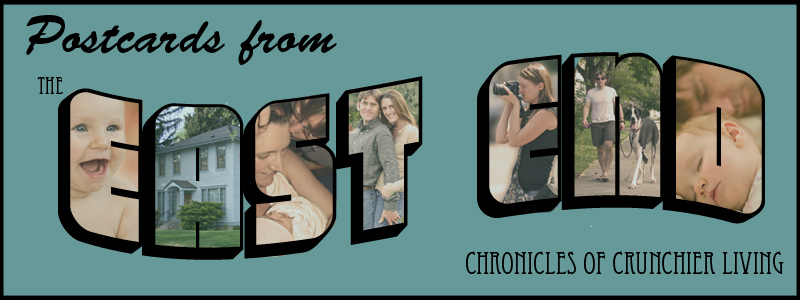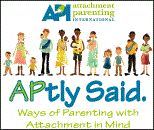Though this wasn't Violet's first Thanksgiving, it was the first time she got to partake of the food that defines the occasion. So we put extra care into the menu this year, particularly with respect to the centerpiece of the meal: the turkey.
Turkey breeds (and breeding) are not a subject I'd put much thought into until I read Barbara Kingsolver's Animal, Vegetable, Miracle this summer. An account of Kingsolver's own family's year of living as "locavores," the book brought ideas about eating locally - and more specifically, eating heritage and heirloom varieties of local produce and livestock - into the sphere of my interest in healthy eating. Starting with our T-day turkey.
The turkey on the typical American Thanksgiving table is a Broadbreasted White turkey. If you're not familiar with the Broadbreasted White (I wasn't), it's a type of turkey bred specifically to get really big, really fast. So big that, if it weren't slaughtered before it was one year old, its legs would collapse under the weight of its disproportionately large breast. Breeders of Broadbreasted Whites breed not only for this deformity, but also for complete docility (they're too heavy to fly, and a less placid bird might be frustrated by this inability) and sadly, stupidity. Ignorance is bliss, right? These turkeys are so stupid they've been reported to drown when looking up too long when it's raining. Their ridiculous size and absolute idiocy prevent them from being capable of breeding themselves, so they must be artificially inseminated and the hatchlings raised in incubators.
Ew. Nothing about that sounds natural. There are alternatives, but not many . . . and if they aren't supported, not for long. Already 99 percent of the 400 million turkeys Americans consume each year are Broadbreasted Whites. We wanted to find a local farmer raising a more natural breed of turkey in a natural, pastured setting rather than a cage. Enter Jack, at Homegrown Poultry in New Plymouth, Idaho.
I reached Jack through a contact I met at our Saturday Farmer's Market, and he had just what I was looking for - an Heirloom Bronze turkey, bred without test tubes and raised by an actual turkey in an actual pasture (until it could fly out of said pasture and required retrieval from the neighbor's several times a week). Purchasing our Thanksgiving bird from Jack served several purposes: supporting a local farmer, preserving a heritage breed, and providing a pasture-raised, organic turkey for our daughter's first Thanksgiving.

Violet very much enjoyed Jack's turkey along with stuffing, mashed potatoes, yams, green beans and carrots; she polished off a healthy portion of each, and was ready for seconds. We offered her a taste of both pumpkin and chocolate pie for dessert, and true to form, she turned up her nose at both. The rest of the crowd was less discriminating with respect to the sweets but also seemed satisfied with the bird. More gamebird than corn-fed couch potato, it was chewier than our traditional turkey, but still moist and even more flavorful. We'll be back, Jack!















